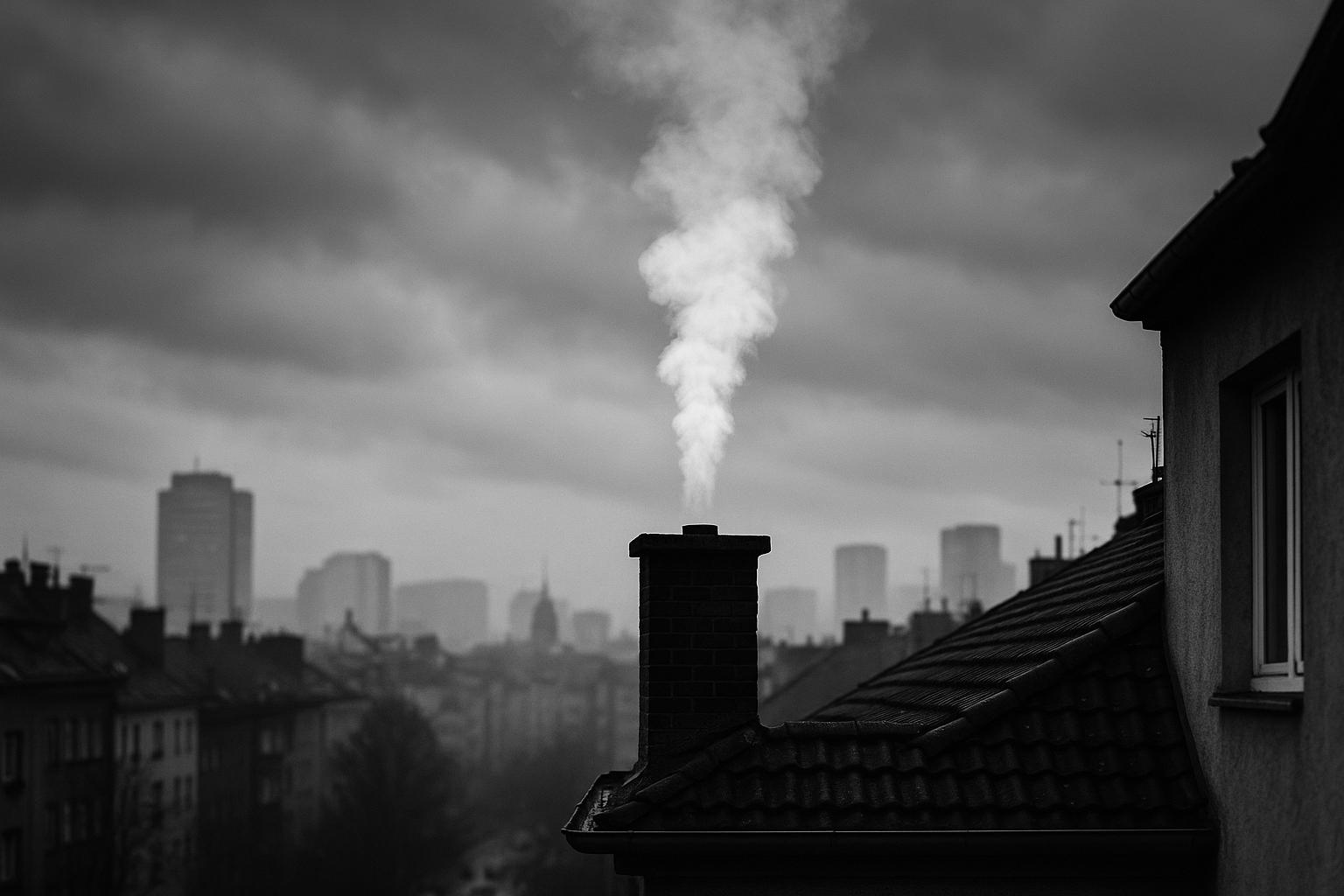New research has sounded a stark warning to everyone who uses wood burners or coal fires in their homes, linking these domestic heating methods to serious health consequences in the UK. The studies reveal that wood-burning stoves and open fires contributed to nearly 2,500 premature deaths last year. Beyond mortality, the toxic air pollution generated by these sources has also been associated with 3,700 new cases of diabetes and 1,500 new cases of asthma annually. The findings suggest the health burden posed by wood-burning is significant and growing, particularly given the rising popularity of these appliances in recent years.
Wood burners and open fires are among the largest sources of fine particulate matter, specifically PM2.5, which are tiny particles capable of penetrating deep into the lungs and bloodstream and affecting nearly every organ. According to experts, including those from University College London and environmental consultancy Ricardo, there is no safe level of PM2.5 exposure. This pollution can cause or exacerbate heart disease, lung disease, dementia, strokes, and respiratory issues like asthma. The health damage indoors is likely even greater than estimated from outdoor air pollution data, as smaller indoor spaces increase exposure levels.
One of the studies, drawing on data from the English Longitudinal Study of Ageing and other sources, found that wood burning appliances tend to be used more in affluent, predominantly white neighbourhoods, including within legally designated Smoke Control Zones where their use is supposed to be limited. Measurements of lung function over eight years among a sample group indicated that people using indoor wood burners experienced significantly faster declines in lung capacity compared to those not exposed. This supports growing concerns that domestic wood burning causes long-term respiratory damage similar in nature to cigarette smoke.
Despite the harms, enforcement of smoke control regulations appears weak. Recent data shows around 15,000 complaints were made about wood-burning last year, yet just 24 fines were issued. Health experts and environmental campaigners are calling for stronger government action to regulate domestic burning more effectively and provide clearer public health guidance. The estimated annual cost to the NHS from illnesses linked to wood-burning pollution exceeds £54 million, with broader economic costs, including lost productivity, reaching hundreds of millions.
The London Wood Burning Project’s findings further underscore the local health impacts, estimating that domestic wood burning in London alone causes nearly 300 deaths, alongside numerous hospital admissions and new cases of stroke, coronary heart disease, lung cancer, and childhood asthma each year. The project calculates that these impacts result in over 3,400 years of life lost annually in the capital and impose an economic burden approaching £200 million.
Public health leaders stress the urgent need for cleaner heating alternatives that do not compromise the warmth homes require. Dr Abi Whitehouse, a children’s respiratory specialist, highlighted how the smoke and fine particles from wood burners worsen asthma symptoms and can trigger attacks. The pollution created not only affects users but also neighbours who breathe the contaminated air. Larissa Lockwood from the charity Global Action Plan emphasised that the health burden from wood-burning pollution is "too big to ignore" and called for enhanced local authority powers and public guidance.
Some experts from the European Respiratory Society warn that even newer, supposedly cleaner eco-design wood stoves may not be entirely risk-free, especially given the widespread use of older models in many European homes. They urge healthcare providers to consider domestic wood burning as a potential environmental risk factor when evaluating patients with unexplained respiratory decline.
In summary, the increasing prevalence of domestic wood burning in UK households poses a major public health challenge, contributing to a range of chronic diseases and premature deaths. The evidence suggests that stronger regulation, better enforcement, public education, and the promotion of cleaner heating technologies are vital steps to mitigate this hidden but significant health hazard.
📌 Reference Map:
- Paragraph 1 – [1] (Examiner Live), [2] (ITV News)
- Paragraph 2 – [1] (Examiner Live), [3] (Clean Air Hub), [7] (STV News)
- Paragraph 3 – [1] (Examiner Live), [7] (STV News)
- Paragraph 4 – [1] (Examiner Live)
- Paragraph 5 – [5] (London Wood Burning Project), [6] (London Wood Burning Project)
- Paragraph 6 – [1] (Examiner Live), [7] (STV News)
- Paragraph 7 – [1] (Examiner Live), [4] (The Independent)
- Paragraph 8 – [1] (Examiner Live), [7] (STV News)
Source: Noah Wire Services
